May 21, 2025 | 12:41 GMT +7
May 21, 2025 | 12:41 GMT +7
Hotline: 0913.378.918
May 21, 2025 | 12:41 GMT +7
Hotline: 0913.378.918
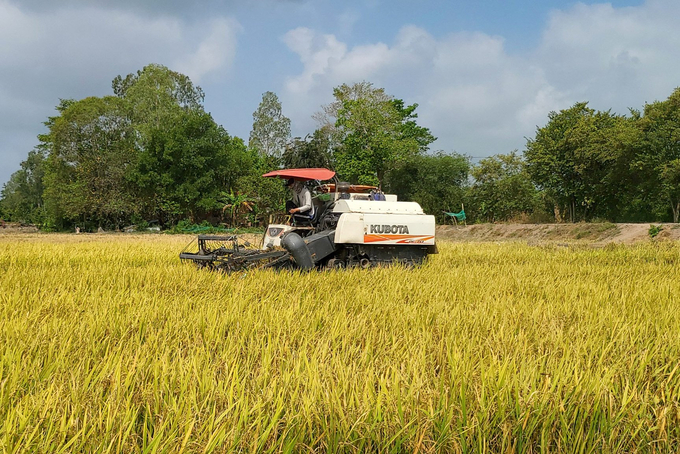
Farmers in the Mekong Delta harvest summer-autumn rice. Photo: Son Trang.
The Vietnam Trade Office in the Philippines' Commercial Counselor, Mr. Phung Van Thanh, reported that rice imports in the Philippines experienced a substantial increase during the first half of the year. The Philippine Department of Agriculture's Bureau of Plant Industry's statistics indicate that the total rice imports of the Philippines increased by 24.7% from 1.86 million tons in the first six months of 2023 to 2.32 million tons in the first six months of 2024.
Vietnam was the source of up to 1.72 million tons of the 2.32 million tons of imported rice. Consequently, Vietnam remains the Philippines' primary source of imported rice, responsible for 74% of the nation's total rice imported. While the proportion of Vietnamese rice has decreased in comparison to 2023, it continues to dominate in comparison to other sources.
Thailand follows Vietnam with 352,331 tons, which accounts for 15%. Other sources such as Pakistan and Myanmar hold modest shares.
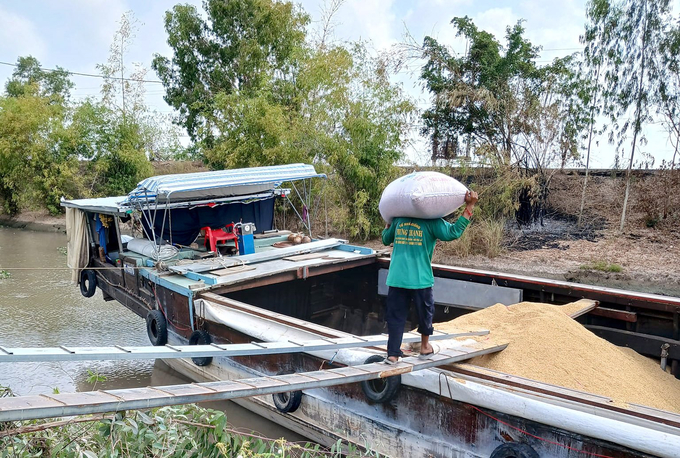
Loading newly harvested rice onto a boat. Photo: Son Trang.
Furthermore, the Philippines imports rice from India, China, Japan, Cambodia, Italy, and Spain, although these sources account for a negligible portion of the market.
In contrast, the Philippines remains the greatest market for Vietnamese rice. Rice exports to the Philippines increased by 14% in volume and 41% in value during the first half of this year, reaching nearly 1.94 million tons and valued at nearly 1.21 billion USD. In the initial six months of the year, the Philippines accounted for 43% of the total volume and 42% of the total export value of Vietnamese rice.
Rice prices in the Philippine market have remained consistently high this year. As a result, the Philippine Government has implemented a variety of policies to reduce rice prices, such as the reduction of rice import duties.
In June 2024, President Ferdinand R. Marcos Jr. signed Executive Order No. 62, which reduced the import tax rate on a variety of products, including rice, from 35% to 15%. This rate will remain in effect until 2028. The objective of this decision is to reduce the cost of rice and increase its affordability for the general populace, with a particular emphasis on impoverished individuals in the Philippines. It is anticipated that this will result in a decrease in the price of rice in the Philippine market by approximately 6-7 pesos per kilogram, thereby increasing the demand for domestic rice consumption.
Importers are also encouraged to acquire additional rice from the global market as a result of the substantial decrease in rice import duties in the Philippines. This presents an opportunity for the Philippines' largest rice exporter, Vietnam, which accounted for 83% of the country's total rice imports in 2023.
The Philippines is a significant rice consumer and one of the world's top rice importers. In 2022, the Philippines' annual rice import volume reached a record high of 3.82 million tons, a trend that has persisted for years. The Philippines' total rice import volume in 2023 was 3.6 million tons, a 5.9% decrease from 2022.
According to projections, the Philippines may import a record-high quantity of rice this year, surpassing 4 million tons. Continuing to be the world's largest rice importer, the Philippines is expected to import approximately 4.6 million tons of rice in 2024, according to the U.S. Department of Agriculture (USDA).
Vietnamese rice exports will remain active in the second half of this year, particularly because Vietnam's export rice prices are presently significantly more competitive than they were previously. This is supported by the Philippine market's forecasts. At present, the export price of Vietnam's 5% broken rice is 560 USD per ton, the lowest it has been in the past year. The price of Vietnam's 5% fractured rice is 4 USD per ton lower than that of Thailand and 9 USD per ton lower than Myanmar's rice.

A summer-autumn rice field in Long An. Photo: Son Trang.
The Mekong Delta has experienced a decline in commodity rice prices as a result of the decrease in export rice prices. Nevertheless, producers continue to earn substantial profits.
Mr. Nguyen Son Loc, a farmer in Khanh Hung commune, Vinh Hung district, Long An province, disclosed that his family has been cultivating the summer-autumn crop on a 5-hectare plot since the water source became more favorable at the end of April, using Dai Thom 8 (DT8) variety for the cultivation. This fragrant rice variety is being exported to numerous Asian markets, including the Philippines, where consumers notably appreciate Dai Thom 8 rice.
Mr. Loc's family is currently in the process of harvesting the summer-autumn rice. Even though the price of Dai Thom 8 rice that traders are procuring at the field has decreased, it remains above 7,000 VND/kg, a price that guarantees rice farmers' production. Although the prices of numerous other export rice varieties, including OM 5451, OM 18, and IR 50404, have also decreased, they remain relatively high at approximately 7,000 VND/kg.
Translated by Linh Linh
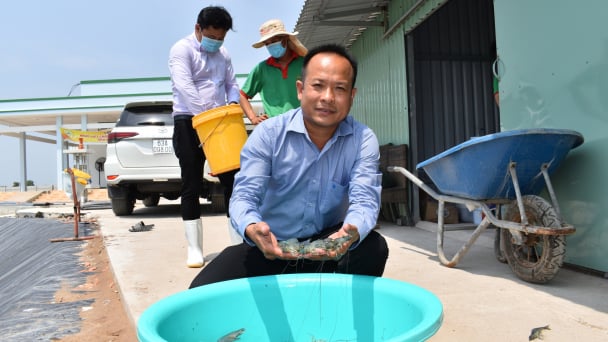
(VAN) One of the key factors for businesses to effectively take advantage of tariff preferences under these FTAs is the rules of origin.
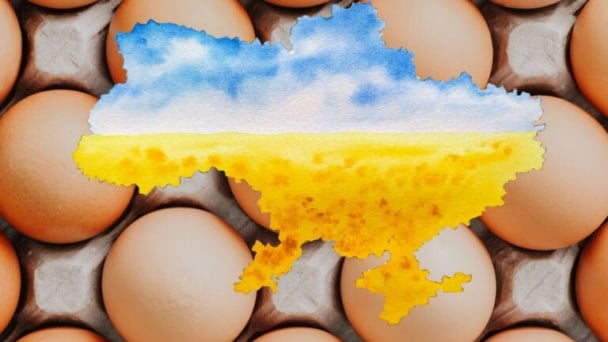
(VAN) Oliyar, a prominent Ukrainian oil and fat manufacturer, has revealed plans to build a farm for 2.3 million laying hens in the Lviv region. The additional production quantities promise to change the competitive landscape of the egg market of the Eastern Europe region.
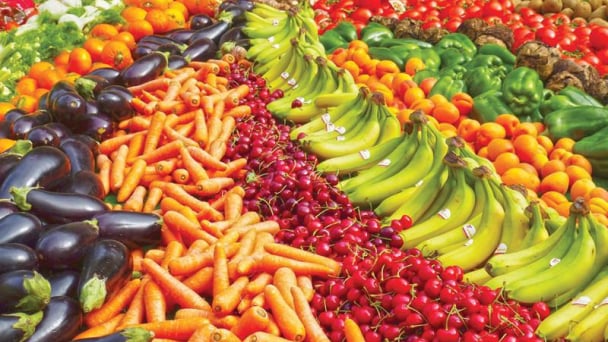
(VAN) On May 15, Ministry of Agriculture and Environment of Vietnam hosted the 'Connecting Vietnam - Germany agricultural, forestry and fishery trade' seminar in Berlin, Germany.

(VAN) In the face of counterfeit and imitation products, Khanh Hoa Salanganes Nest Company hopes for the prompt completion of the legal framework, strict enforcement against violations, and protection of the bird’s nest brand.

(VAN) Japan's efforts to lower the price of rice through the release of its stockpile may finally be making some progress, albeit at a snail's pace.

(VAN) U.S. tariffs are not only a 'shock', but also an opportunity for Vietnamese businesses to renew their mindset toward comprehensive development.

(VAN) As Bac Giang lychee enters the harvest season, Minister Do Duc Duy expects that the fruit will contribute greatly to agricultural exports due to standardized production and deep processing.